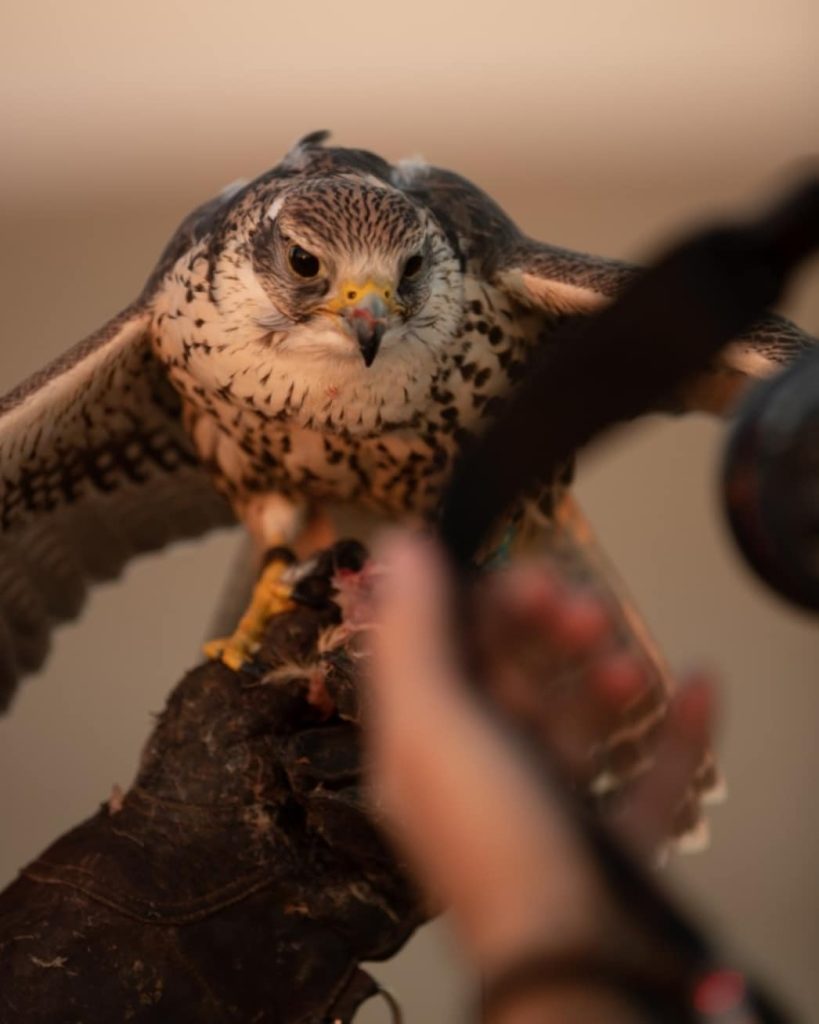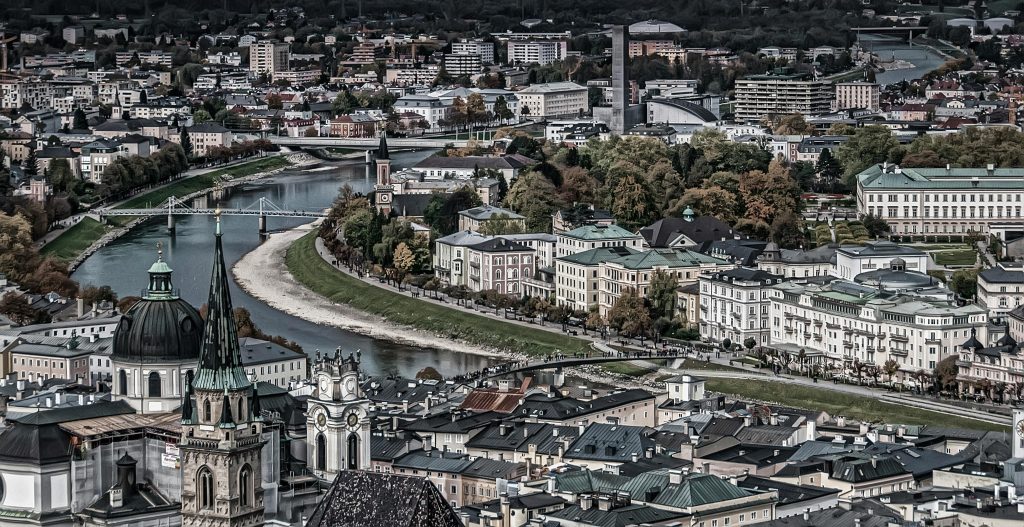The Origins of Falconry in the Middle East
A significant problem with recorded history is that history can only be recorded where records exist. The origins of falconry may go back much further than the origins of writing because the earliest written accounts describe a highly organized falconry that must have taken hundreds or thousands of years to evolve to the level of sophistication.
While the exact origins of falconry remain unknown, it is widely believed to have originated in in Central Asia and the Iranian Plateau and spread via cultural and trade links to other diverse regions including East Asia, North Africa, Europe, and later in the 16th century CE to much of the rest of the world. The earliest solid evidence for falconry, a pottery sherd depicting a bird of prey, comes from Tell Chuera site in modern-day Syria, and dates from the third millennium BCE.
The oldest rock art images of falconers are found in the Altai Mountain range which spans parts of Central and East Asia, dating from around 1000 BCE. By the early Middle Ages, falconry had spread considerably and is documented in many parts of the world, including in painted depictions on Chinese tombs from the Tang Period (618 – 907 CE).
Despite a belief that falconry originated in the Mongolian steppes, Iran is sometimes also cited as the cradle of falconry. A theory put forward suggests a possible “parallel evolution” – with the first hunting birds of prey trained at around the same time in both the Mongolian steppes and in Iran. In documented Iranian history the one who used birds of prey for the first time was Tahmooreth, a king of the Pishdadid dynasty, 2000 years before Zoroaster who himself lived around 6000 BC. This could mean hunting with falcons has a background of 8 to 10 000 years.
The origins of falconry in the region can be traced back to ancient Mesopotamia, where it was practiced as a way to hunt for food. Over time, falconry evolved into a popular sport among the nobility and royalty in the Middle East, with the Arabian Peninsula becoming a hub for falconry enthusiasts.
In Bahrain and the UAE, traditional falconry practices have been passed down through generations, with families taking great pride in their falconry skills. Falcons are highly revered in these countries, with falconry considered a symbol of prestige and honour. The art of training and hunting with falcons has been perfected over centuries, with techniques and traditions being carefully preserved and passed down from master falconers to their apprentices.
Conservation efforts for falcon populations in Bahrain and the UAE have been a top priority for both governments. With falcons being a vital part of the ecosystem, measures have been put in place to protect and preserve these magnificent birds. Falcon breeding programs, habitat conservation, and strict regulations on hunting have all been implemented to ensure the survival of falcons in the region.
Falconry hunting techniques and traditions are deeply rooted in the culture and history of this region. Falcons are trained to hunt small prey such as hares, rabbits, and birds, using their keen eyesight and lightning-fast speed to catch their prey. The bond between the falcon and its handler is strong, with both working together as a team to achieve success in the hunt.
The cultural significance of falconry in Bahrain and the UAE cannot be overstated. Falcons are not just hunting companions, but also symbols of strength, agility, and grace. Falconry has played a significant role in shaping the identity of these countries, with falconry festivals, competitions, and exhibitions being popular events that draw tourists and falconry enthusiasts from around the world. The history and heritage of falconry in Bahrain and the UAE continue to be celebrated and cherished, ensuring that this ancient tradition will remain a vital part of the region’s cultural fabric for generations to come.











